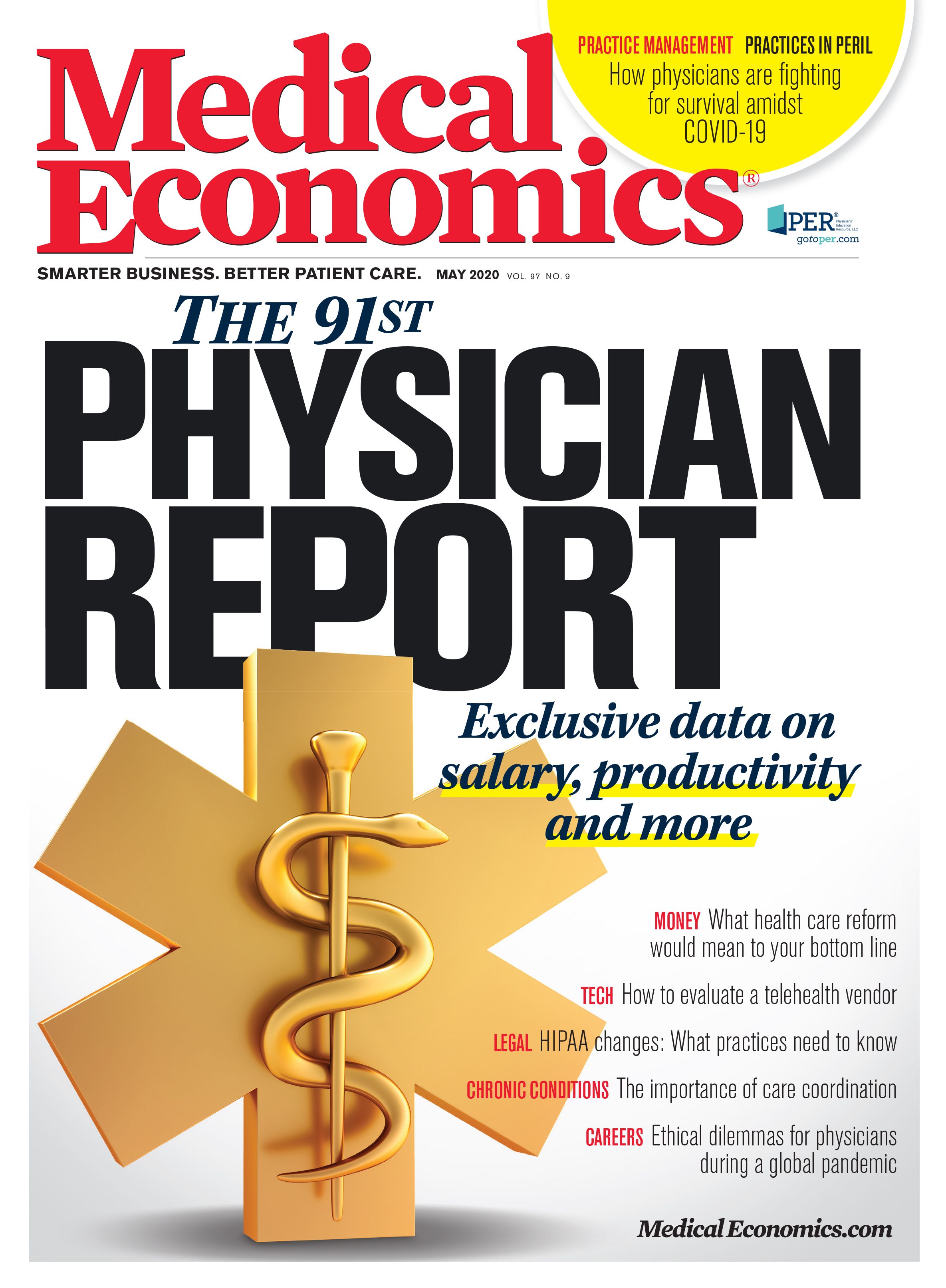Publication
Article
Medical Economics Journal
Why the concierge model is resilient during the COVID-19 pandemic
Author(s):
For primary care physicians - already saddled with student debt obligations, volume-based performance demands, declining reimbursements, increasing administrative challenges, and overall burnout - the spread of COVID-19 has been a pressure test.

For primary care physicians - already saddled with student debt obligations, volume-based performance demands, declining reimbursements, increasing administrative challenges, and overall burnout - the spread of COVID-19 has been a pressure test. It has exposed weaknesses in the financial, clinical and operational aspects of primary care, and left thousands of doctors scrambling to save their practices. More than 70% of practices reported a decrease of 50% or more in patient volumes; fewer than half feel they have sufficient patient volume or cash-on-hand to remain open.
Independent primary care providers, in particular, find themselves at a critical point: Do I join a health system or large practice, or can I sustain my business as an independent practice?
For physicians committed to their independence, the good news is that the same factors that made concierge practices strong enough to survive dramatic health care reform have enabled them to withstand the current COVID-19 crisis.
Financial benefits
Concierge practices are better equipped to weather the current environment with more reliable cash flows from annual membership revenues, between $1,800 and $2,000 on average, that provide cushion against a sudden cash crunch. Additionally, concierge patients are reluctant to leave their physician, which creates a more consistent patient base - Specialdocs’ average patient renewal rate is 96%.
Clinical benefits
The size of traditional primary care patient panels has presented clinical difficulties in the current crisis. On average, an Internal Medicine or Family Medicine physician cares for over 1,600 patients. With panels this large, doctors have limited time to manage care, communication and outreach. Adding in the number of COVID-19 questions and cases has proven overwhelming, making efforts to educate patients on procedures for office or telehealth visits challenging.
In contrast, a concierge physician typically has between 250 and 600 patients, making outreach, communication and care much more manageable. During the COVID-19 emergency, Specialdocs concierge physicians promptly and effectively utilized digital communication and telehealth to serve patients, especially the elderly and those with chronic conditions, and both patients and physicians report high satisfaction as a result.
Operational benefits
Operationally, traditional primary care practices are not well positioned to weather crises like COVID-19. Recent surveys show that 48% of independent physician practices have temporarily furloughed staff, and 22% have permanently laid off staff. Even when the current emergency abates, traditional practice models designed to treat 1,600 patients may not fit the new environment.
Concierge practices are lean by design, typically consisting of one physician who manages up to 600 patients with two or three staff members. Amidst the COVID-19 crisis, no Specialdocs physician has implemented staff reductions.
The impact of the COVID-19 crisis is still unfolding. Systems that worked previously can no longer be depended on. Concierge medicine is an important piece of reshaping the primary care system by offering more flexibility and stability, personalized care and greater satisfaction for physicians and their patients.
Dave Farr is vice president of business development at Specialdocs, a pioneering concierge practice transition and management company established in 2002, helping physicians nationwide transform their practices with the industry’s most customized and sustainable concierge model.
UPCOMING FREE WEBINAR: The Resilience of the Concierge Medicine Practice. Learn about an economically sustainable alternative to withstand COVID-19 and future challenges in healthcare. REGISTER HERE.






